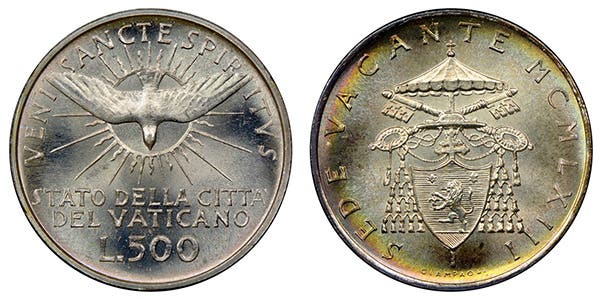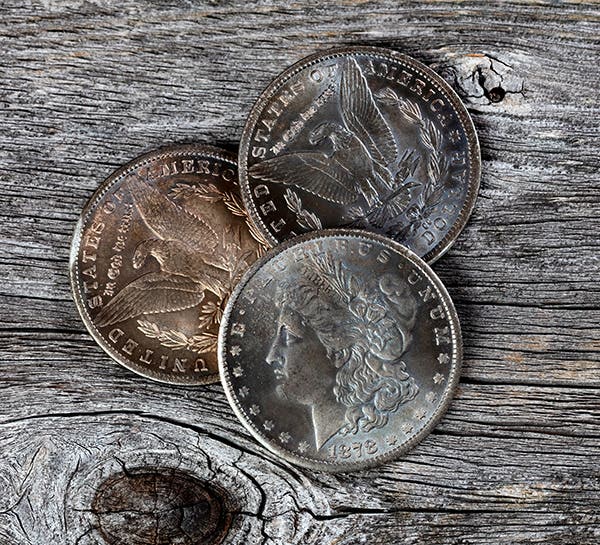1933-D Lincoln cent has been long overlooked
It’s hard to believe that there could be an overlooked Lincoln cent. After all, almost 110 years of Lincoln cent mintages have been studied by generation after generation of collectors…
It’s hard to believe that there could be an overlooked Lincoln cent. After all, almost 110 years of Lincoln cent mintages have been studied by generation after generation of collectors and dealers. That fact alone should mean no Lincoln cent is at a lower price than might be expected. Consider, however, the 1933-D, which today lists for just $21 in MS60 and $150 in MS65.
In fully appreciating why these prices might seem low, it is worth returning to the period around 1933. At the time, there was certainly interest in Lincoln cents, especially better ones. This became clear in 1931, when it was learned the 1931-S had a mintage of 866,000. That total made it only the second Lincoln cent to have a mintage of less than one million pieces. Collectors and dealers of the day knew the other was the 1909-S VDB. They knew how good the 1909-S VDB was, so the 1931-S was promptly hoarded.
The 1931-S was low mintage, and the 1932 through 1934 mintages were unusual in that they were also low but included no cents from San Francisco. It was the Great Depression, and demand for coins drops during bad times for the national economy, so it is very likely that there was simply no need for more cents.
These lower-than-average mintages could be seen very clearly in the Denver totals for the early 1930s. The 1930-D had been over 40 million, but the 1931-D was just under 4.5 million. The 1932-D was 10.5 million, and the 1933-D was 6.2 million. During this period, which was the heart of the Great Depression, cent production needs were lower than usual.
In tough economic times, of course, the expectation is that there would have been less saving of any coins than is normally the case. It is hard to know precisely why, but perhaps with little to do and hope for money from any source being alive in the minds of many, the idea of finding a coin worth more than its face value was of great interest to many Americans. We also know that the 1930s saw some national promotion of coin collecting on the part of B. Max Mehl and others, while the release of holders and albums to house a collection also helped to encourage interest.
Whatever the reasons (and there probably were many), the fact is that coin collecting did fairly well in terms of growth even during the difficult days of the Great Depression. Instead of less saving, there was in many cases more saving of new issues. We can see that in the Mint State numbers reported by the grading services, not just of the 1933-D but of various dates in various denominations from throughout the 1930s.
There was very simply more saving of new coins, and the 1933-D was part of that saving, which helps to explain its surprisingly low prices. While this fact does not explain everything – the 1933-D is more available in Mint State than you might expect for a Great Depression coin with a mintage of just 6.2 million – the numbers at the grading services are still not high.
It’s possible that the MS65 price of $150 is about right, but Mint State totals across the board are not that high. This could be in part that at just $21 in MS60, many borderline 1933-D cents are not sent in. After all, if the coins don’t get the grade the owner expects, it may cost more to have them graded them than they would bring if they were sold.
It’s also possible that the 1933-D is simply overlooked because it is from the 1930s and was produced at Denver. That might seem odd, but generations of Lincoln cent collectors felt there was no especially good Lincoln cent besides the 1931-S from the 1930s and that there was no particularly good Lincoln cent from Denver other than the 1914-D.
All of these factors might sound like strange reasons. But in the case of the 1933-D, there seems to be no particularly good way of explaining why it is currently so inexpensive.
This article was originally printed in Numismatic News. >> Subscribe today.
If you like what you've read here, we invite you to visit our online bookstore to learn more about Standard Catalog of World Coins, 1901-2000.








